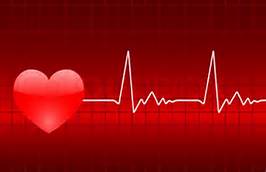Studies suggested that terminal breakdown products of excess niacin (vitamin B3 or nicotinic acid) are associated with residual cardiovascular disease (CVD) risk and provided a possible explanation for the ‘niacin paradox’—the observation that the LDL lowering induced by niacin fails to achieve the expected reduction in CVD risks. Untargeted metabolomics analysis of fasting plasma from stable cardiac patients in a prospective discovery cohort (n = 1,162 total, 422 females) suggested that niacin metabolism was associated with incident major adverse cardiovascular events (MACE). Serum levels of the terminal metabolites of excess niacin, N1-methyl-2-pyridone-5-carboxamide (2PY) and N1-methyl-4-pyridone-3-carboxamide (4PY), were associated with increased 3-year MACE risk in two validation cohorts (US n = 2,331 total, 774 females; European n = 832 total, 249 females) (adjusted hazard ratio (HR) for 2PY: 1.64 and 2.02, respectively; for 4PY: 1.89 and 1.99, respectively). Phenome-wide association analysis of the genetic variant rs10496731 significantly associated with both 2PY and 4PY levels revealed an association of the variant with levels of soluble vascular adhesion molecule 1 (sVCAM-1). Further meta-analysis confirmed association of rs10496731 with sVCAM-1 (n = 106,000 total, 53,075 females). Moreover, sVCAM-1 levels were significantly correlated with both 2PY and 4PY in a validation cohort (n = 974 total, 333 females). Lastly, treatment with physiological levels of 4PY, but not its structural isomer 2PY, induced expression of VCAM-1 and leukocyte adherence to vascular endothelium in mice. Taken together, the findings suggest that the terminal breakdown products of excess niacin, 2PY and 4PY, are associated with residual CVD risk, and suggest an inflammation-dependent mechanism underlying the clinical association between 4PY and MACE. Only a portion of attributable CVD risk is accounted for by established risk factors with high residual CVD risk, indicating that additional factors are involved in CVD. Source: https://www.nature.com/
